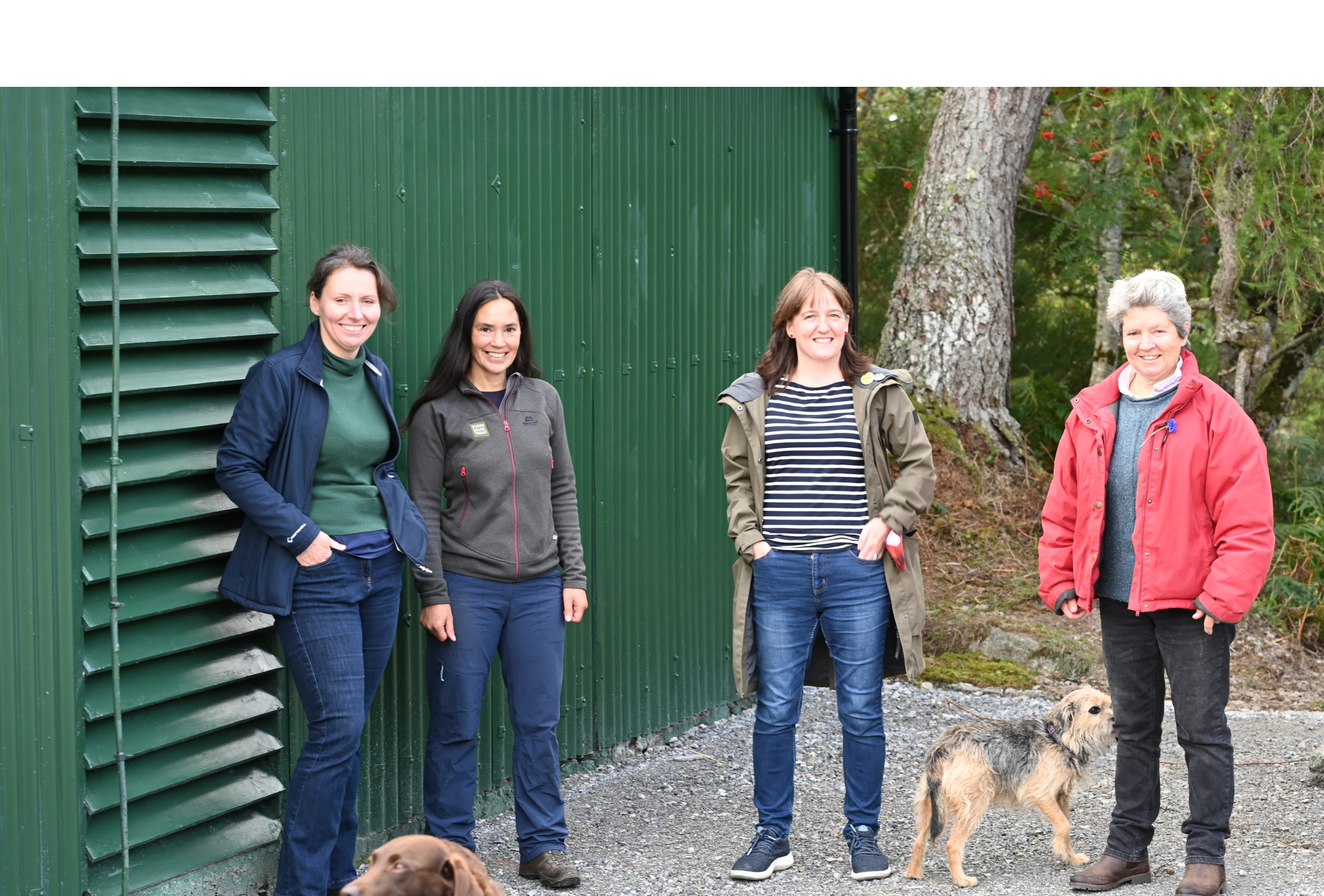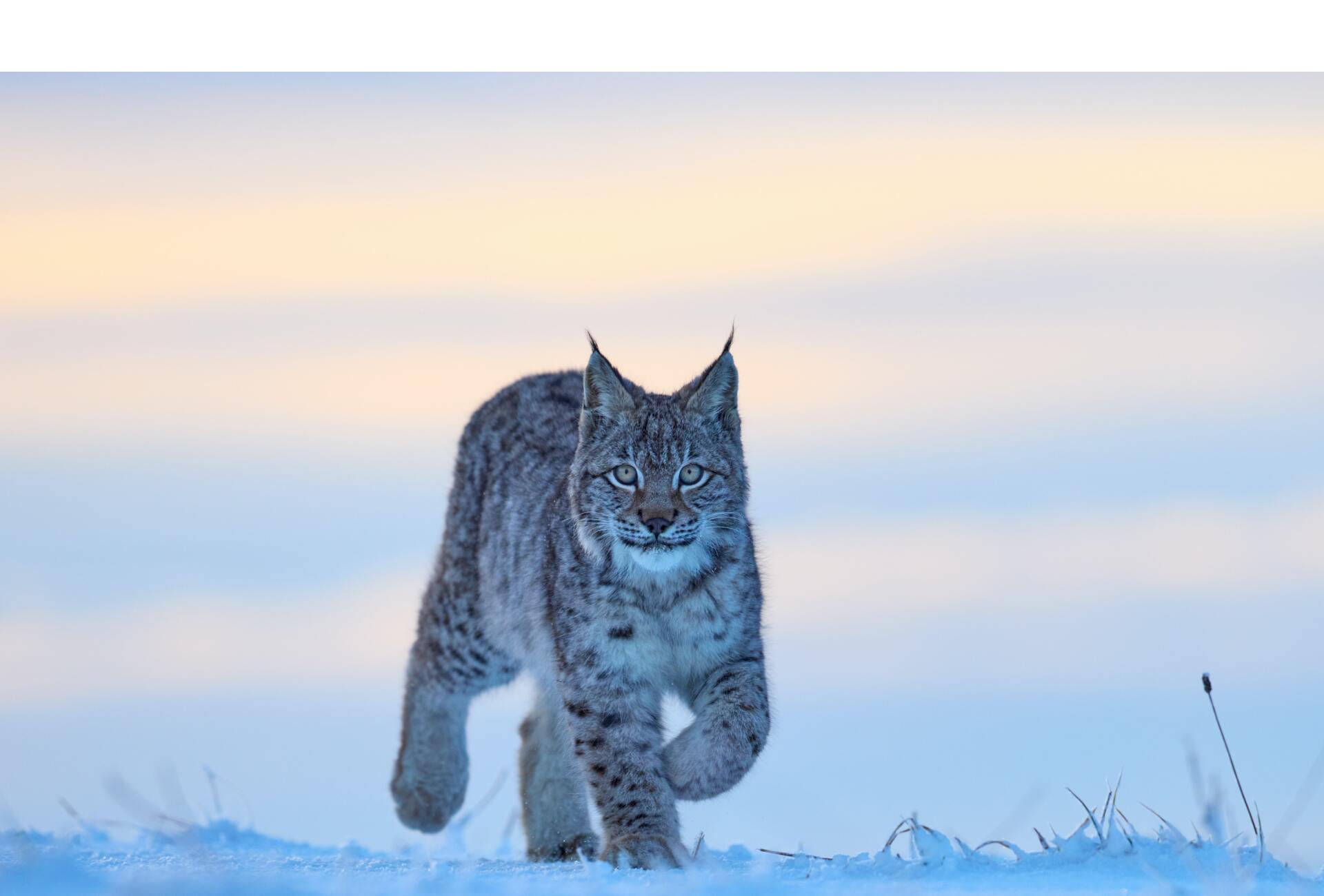Clear on deer
Everything you need to know about the Trust's approach to deer management in wild places.
As the UK's leading wild places charity, we have a responsibility to steward the land we manage to the highest environmental standards, for the benefit of people, climate and nature.
The Scottish Government is taking action on a number of fronts to ensure that, as a developed nation, we play our part in standing up to the climate and biodiversity crises. Its draft biodiversity strategy published in late 2022 specifically expresses a national objective to “drive down and deliver substantially reduced deer densities across our landscapes” as part of this.
As things stand, our native tree cover is a mere 4 per cent of our landmass. Around 80 per cent of our peatlands are degraded and act like giant power stations, pumping destructive gases into the atmosphere every second of every day.
One of the major obstacles to turning that around is the high deer densities across our rural land. They prevent the restoration of healthy habitats by devouring burgeoning new habitats, from tree saplings to grasslands, montane scrub and heather. They trample peatlands and destroy the surface vegetation leaving the soils exposed and vulnerable to further deterioration.
The John Muir Trust is accelerating the transformation of the land in our care - taking proactive measures to restore habitats, slash carbon emissions and reconstruct damaged ecosystems. Deer management is a critical part of this.
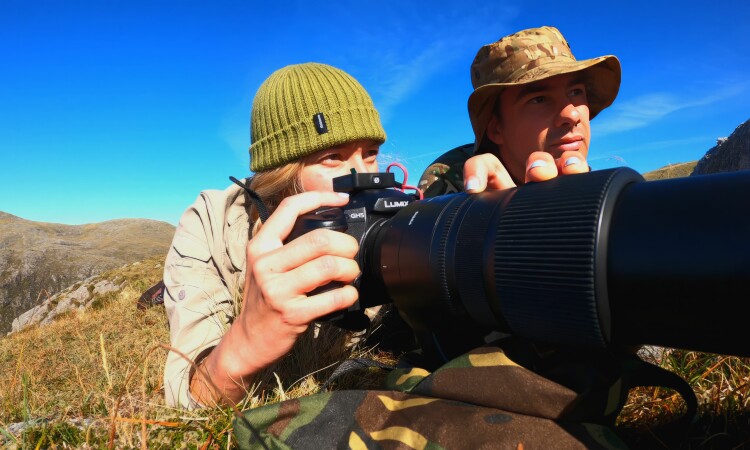
Watch our Clear on Deer film
Check out our 30-minute documentary presented by Libby Penman (pictured) and explore issues around deer management. Clear on Deer
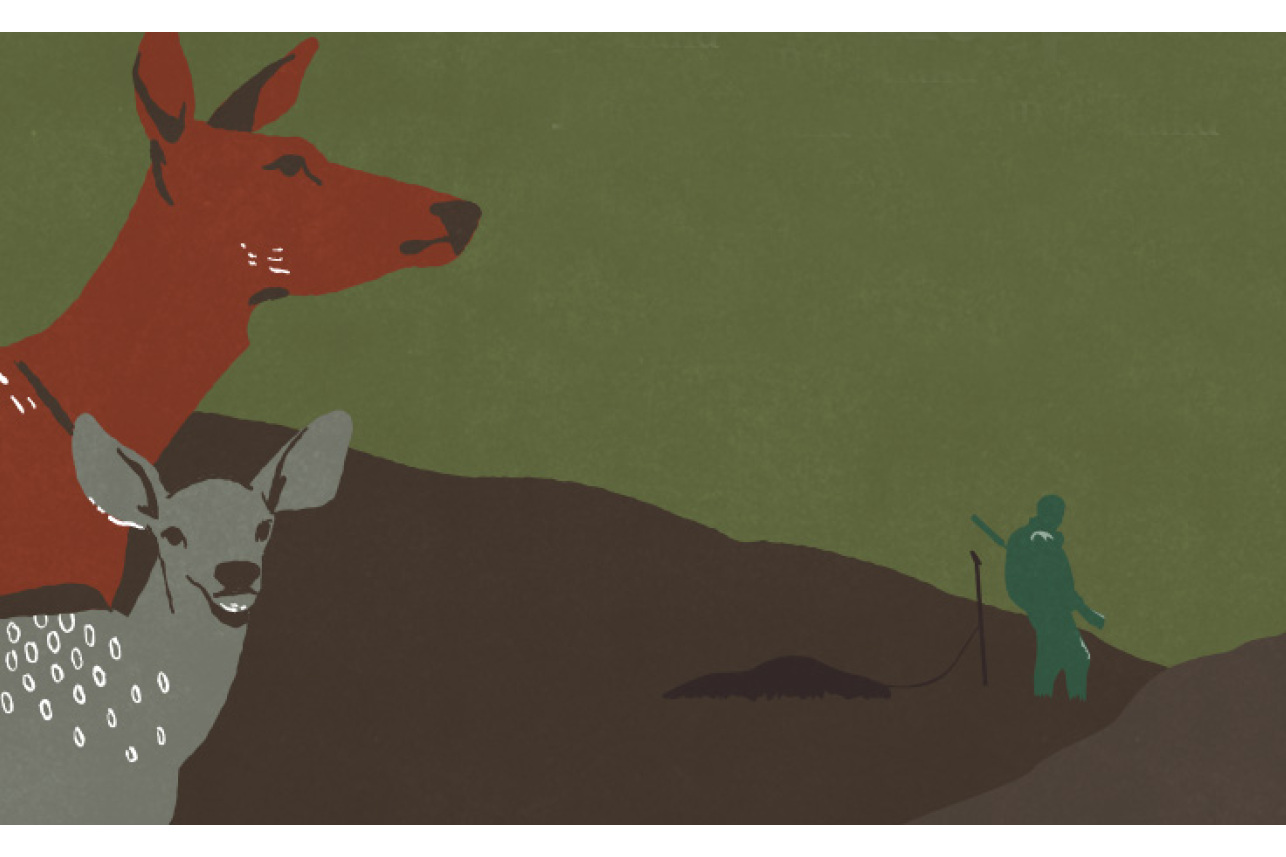
Deer and people: An infographic
Why effective deer management is an essential part of building a robust future for rural communities and wildlife in Scotland
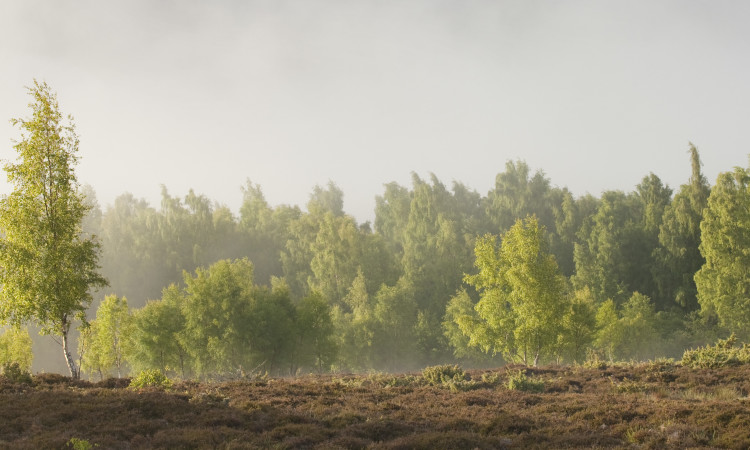
Deer management: FAQs
Why are Scotland's deer numbers too high, and why is this a problem? Why can't fencing be used instead of culling? Can immuno contraception help reduce deer numbers? Does fewer deer mean fewer jobs?
These questions, and more, answered in our comprehensive deer management FAQ resource.
The Scottish Government and deer management
In 2017, an independent Deer Working Group was established by the Scottish Government to review existing arrangements for the management of wild deer in Scotland.
In 2020, the group published a report that makes recommendations for changes to ensure effective deer management 'that safeguards public interests and promotes the sustainable management of wild deer.'
In 2021, the Scottish government accepted either in detail or in principle 91 of the 99 recommendations made, signalling a clear intention to bring about an historic transformation in the way Scotland’s deer population is managed.
In December 2022, the Scottish Government published its Biodiversity Strategy to 2045, setting out a clear ambition for Scotland to be Nature Positive by 2030, and to have restored and regenerated biodiversity across the country by 2045. Driving down and delivering 'substantially reduced deer densities across our landscapes' is listed as a priority action.
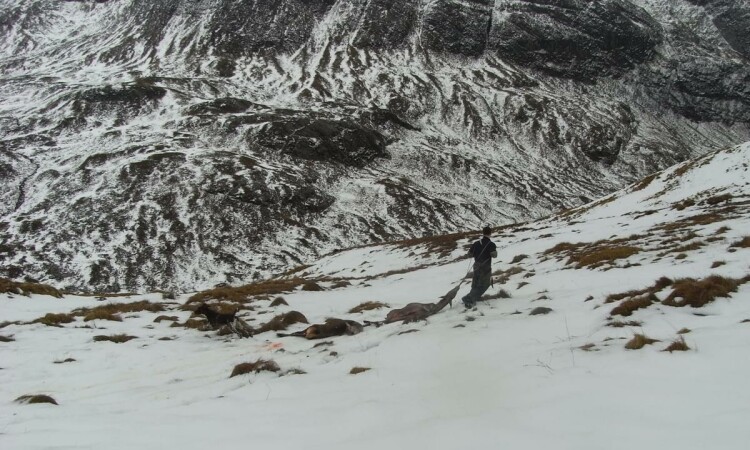
Dealing with deer carcasses
Have you ever wondered how we extract deer carcasses from the hillside or why we sometimes leave them behind? Read more here.
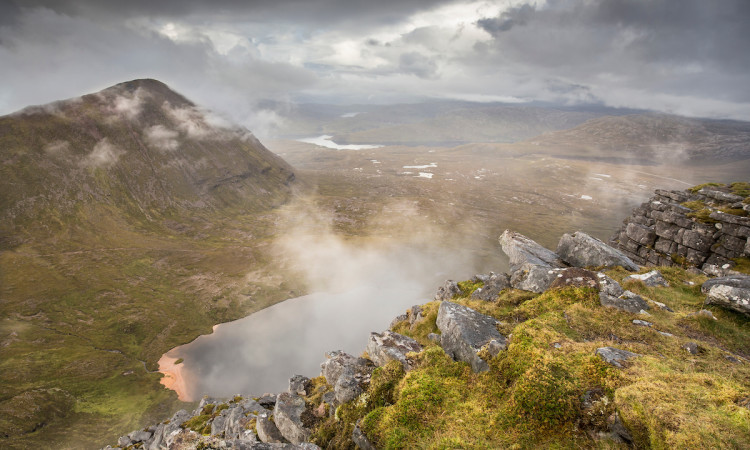
Deer management in Assynt
Since the start of 2023, the John Muir Trust has come under some fierce criticism in north west Scotland following our successful application for an out-of-season and night licence to step up our deer cull on the Quinag estate. This is necessary to meet our ecological objectives here.
This resource offers some context, data and rationale behind this decision.
Deer and communities
We should make it clear that the John Muir Trust has never opposed deer stalking.
In Assynt we recently funded and constructed a community deer larder at Glencanisp. We work with Ullapool High School on an annual ‘Hill to Grill’ programme to educate school students in the entire process of producing venison from the hillside to the dinner plate. We initiated a local women’s stalking group.
We are clear that our environmental objectives can co-exist side-by side with sport shooting on other estates with no threat whatsoever to other people’s livelihoods.
Wolf, lynx and re-introductions
The term ‘rewilding’ was first coined in 1990 and has come into prominence in recent years. It has no standard definition but is generally used to describe an approach to nature conservation and ecological restoration that focuses on advancing a richer and wilder environment for the benefit of nature and people - a mission closely aligned with our own.
"Rewilding" however can be a problematic term, and one the Trust doesn't tend to use. The 're' prefix can, for many, speak to the idea of getting a place back to an historic state of being. But what baseline state of being is the right one - 50 years ago? 100? Environmental, political, and societal contexts have changed since then, and the John Muir Trust believes in an approach that allows nature the freedom to adapt to current circumstances in the best way it sees fit. The current state of wild places in the UK means that human intervention is necessary to give nature this freedom; to help restore a balance that humans have tipped off kilter (such as high deer numbers, or invasive plant species that drown out native flora).
The reintroduction of large predators such as lynx and wolves is often part of the rewildling conversation. Lynx and wolves would indeed have an impact on deer numbers in Scotland. However, it would only be possible to bring back these species with national public and political support and, crucially, with community support in the relevant local and regional areas. Even then, reintroductions would need to be phased in over a prolonged period of time, and therefore would not be sufficient on their own to reduce Scotland’s deer numbers to sustainable levels. At least in the short-to-medium term, human management of deer would still be essential.

